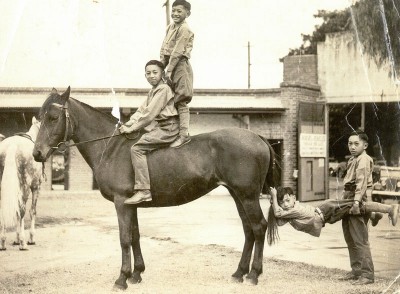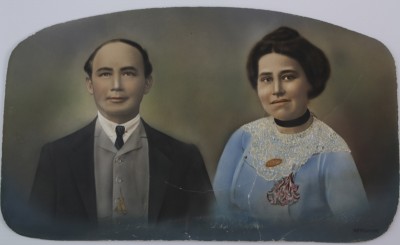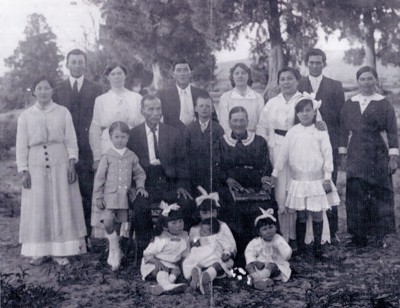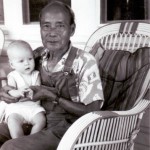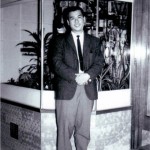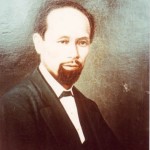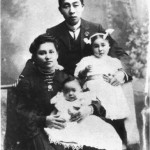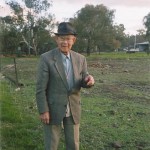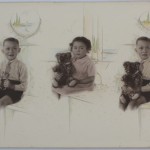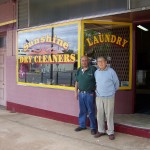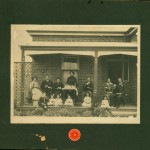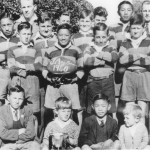Despite the racial tensions of the late nineteenth century many Chinese people won a measure of acceptance and respectability in the eyes of white Australia, contributing to charities and corporate life, and in turn inviting Europeans to ceremonies such as the Chinese New Year celebrations. Such instances were reported by the press at Hillston in 1876, at Gundagai in 1880, Adelong in 1887 and Narrandera in 1889. At Junee in 1903 the ubiquitous James Wong Chuey invited the Chinese members of the Junee Wesleyan Church and over 60 white Australians to a Chinese New Year’s Eve festival at his residence. And few people disputed the generosity of the Chinese, in particular their readiness to donate money to the local hospitals and help in other fund raising efforts. The Riverine Grazier’s list of contributors to the Hay hospital in February 1879 contained the names of 52 Chinese residents of and visitors to Hay, and the names of 30 Chinese at the small town of Booligal, plus the contributions of those residing on iconic stations such as Burrabogie.
The Chinese also took part in local concerts, fetes and processions. They were often involved regularly in the hospital fete proceedings at Hay and Hillston, contributing money and fireworks and participating in the processions and games. Perhaps the two most notable functions were at Albury. In 1876 a holiday and public parade of almost all town bodies and associations was held to celebrate the visit of the Governor of NSW, Sir Hercules Robinson, the Chinese procession being described as ‘novel and striking’. Another such occasion arose in 1897 in aid of a fund to erect a Queen’s memorial wing to the Albury hospital and the Queen’s jubilee celebrations. Albury’s Chinese residents wore ‘strikingly picturesque’ costumes and were accompanied by a Chinese band. Eighty men carried a monster dragon, about 50 metres long, and in the evening they held a fireworks display at the showground at their own expense.
There were also many instances of genuine affection at the departure of a long term Chinese resident for China, or at his funeral. An instance of the former occurred at Junee in 1903, when Tommy Ah Nan, a well-known Junee vegetable dealer, and a member of the Methodist church, entertained 60 of his friends in the church at a banquet prior to his departure for China. At Adelong in 1888 the funeral cortege of Ah Nam, a local storekeeper, was described as one of largest witnessed in Adelong for some time with all the leading business people attending, with no less than 600 at the graveside ceremony.
Alliances and associations began to change over time. Many Chinese men, particularly the storekeepers, were members of one of the Christian churches, and married, mostly to European women, although a number also married Chinese women. Mixed marriages were seen as one way of bridging the racial divide; church, sporting and community associations such as Masonic Lodges were others. These men did not abandon their fellow, often less fortunate, countrymen, or even their traditional beliefs and allegiances, although these ties and associations became progressively weaker.
Many Chinese men in Australia upheld the family lineage by supporting wives in China and overseas, while marrying again in Australia. The Chinese wives either had children before the husband left for Australia, or conceived again on the husband’s periodic return. For these men, traditional family ties in China were still very important.
For other men the Australian family was paramount. Emboldened by an intricate system of inter-marriage, clan and family allegiances and networks, many Chinese men in Australia went on to create miniature dynasties and become highly respected within their local communities. By the 1950s, if not before, most of these families, were second generation Australians, and were staunch members of the local churches, lodges, sporting and community bodies.
- This endearing photo was taken at Clear Springs near Holbrook. From the collection of Wendy Hucker, Goulburn
- From the collection of Geoff and Terry Shung
- The young Doon boys were talented and passionate footballers and played with the Junior Anglican (JA) and Young Anglican (YA) teams. The JA team photograph was taken in 1940. From left to right the Doon boys are Bob, Ted, John and Eric. From the collection of the Doon family, Tumut

